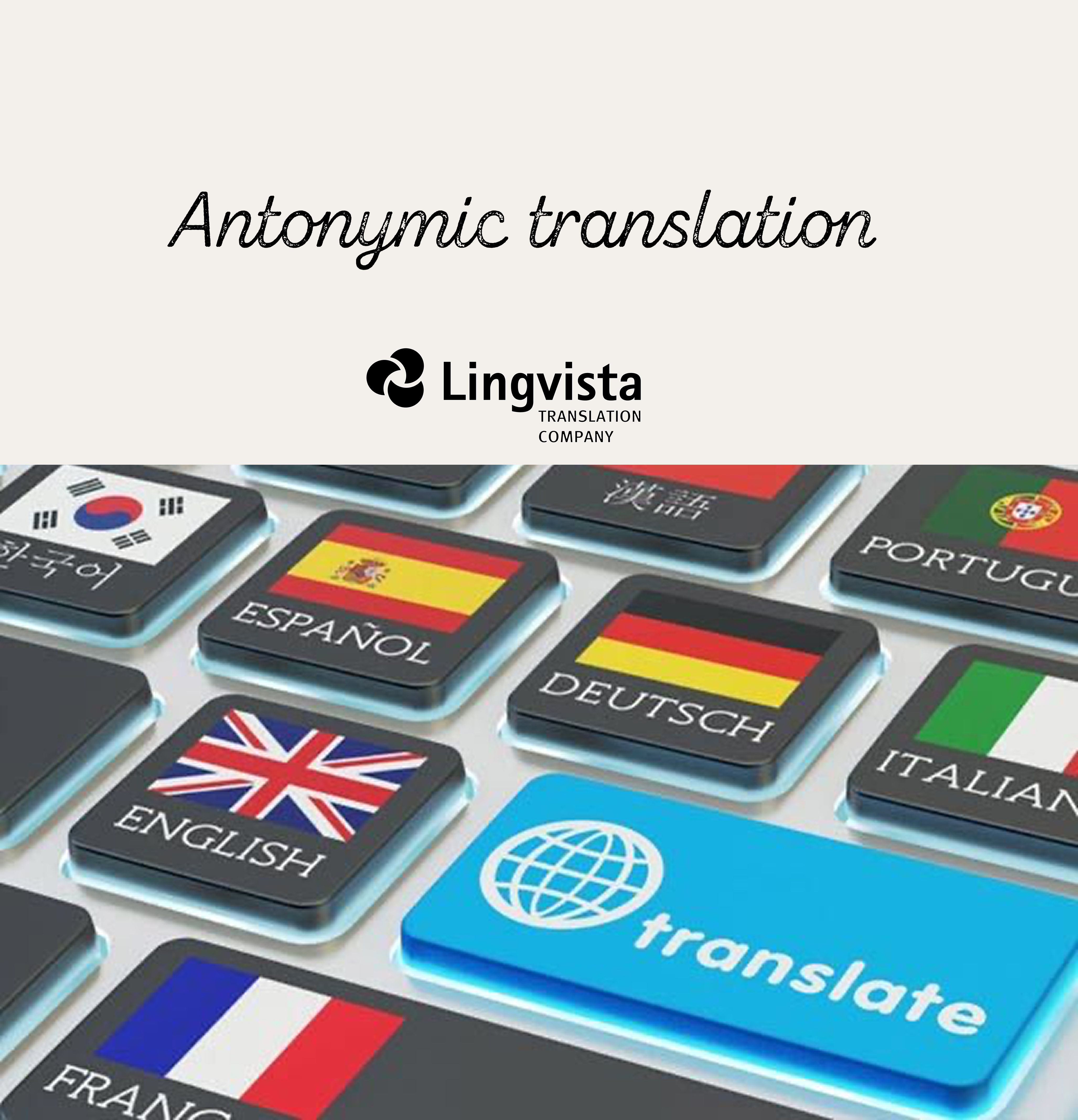It is an effective tool for preserving style, tone, and pragmatic nuances, especially when literal equivalence of words does not work.
Antonymic translation is a transformation in which meaning is conveyed through the negation of its opposite in another language, or vice versa through the affirmation of the opposite.
Key ideas:
• Transfer of a concept through negation or affirmation of the opposite in the target language.
• Vocabulary matching does not always maintain meaning, style, or shades of pragmatism.
• Such transformations are often found in Russian-English translations, where a construction with two negatives can be replaced by a statement in order to save cognitive resources and make the text more natural.
• Formulations with two negatives in simultaneous translation often require alternative antonymic variants to save time and cognitive load.
Practical examples:
1. not small → large (it depends on the context in different ways; more often they convey the opposite through a statement of a large size).
2. interesting → not boring (or more naturally: 'not boring' in the right context).
3. not as interesting → interesting can be conveyed as “makes it less interesting" in generalization, but the exact choice depends on the style and purpose of the text.
Application:
• when lexical and syntactic structures do not match between languages.
• for maintaining the style, register and pragmatics of the author.
• when literal transmission leads to text overload or denaturalized.
Antonymic transformations are an important element of high-quality translation, allowing you to maintain the accuracy and authenticity of the text.




We would like to express our gratitude to Smart Business Trips LLC and Lingvista LLC, for organization and successful hosting of the APEC events in Russia...